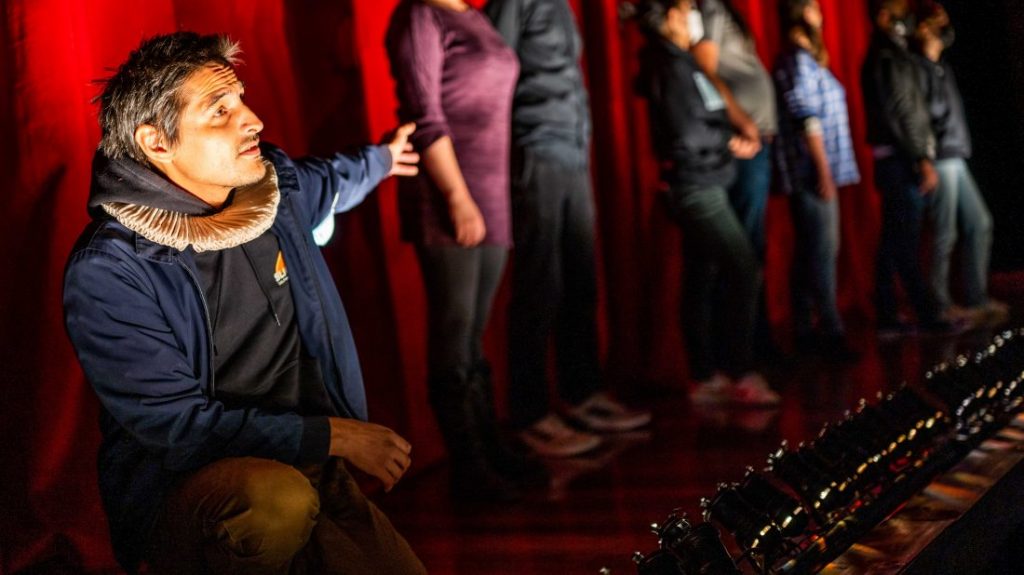
As I’ve mentioned before, I struggle to find Indigenous resources for my French Immersion secondary class that are age appropriate and written by someone who is Indigenous. I have found this great resource and have started to use it as a novel study in my French courses. The students are loving it and it provides an excellent insight into the history of colonial violence and the traditional values of the Innu community. I’m linking the book here if there are any other French teachers looking for resources!
https://www.cbc.ca/books/kukum-defended-by-mich%C3%A8le-audette-wins-the-combat-national-des-livres-2021-1.6022394

